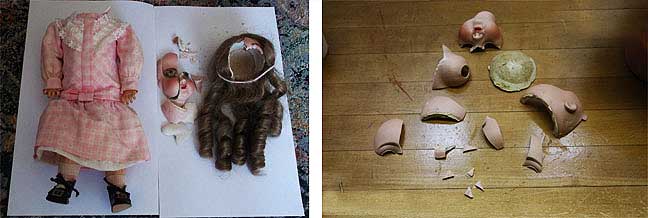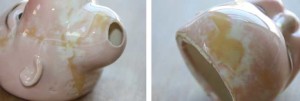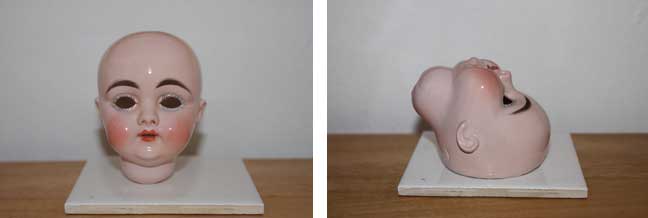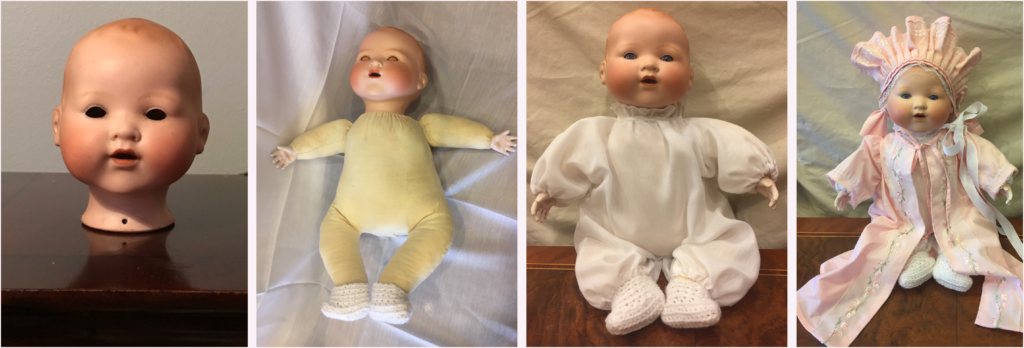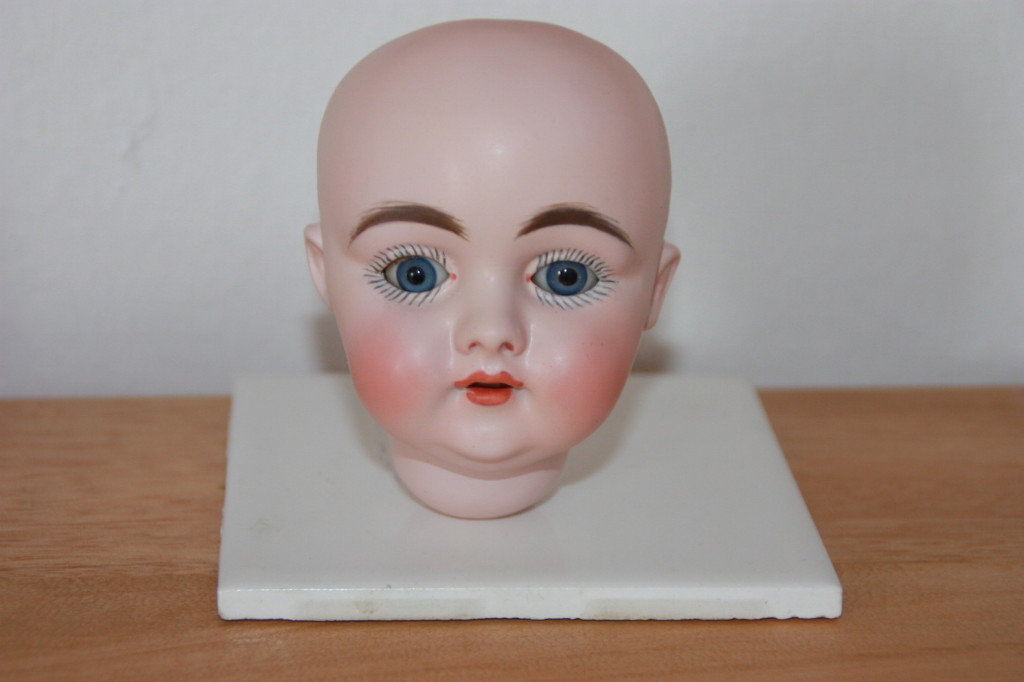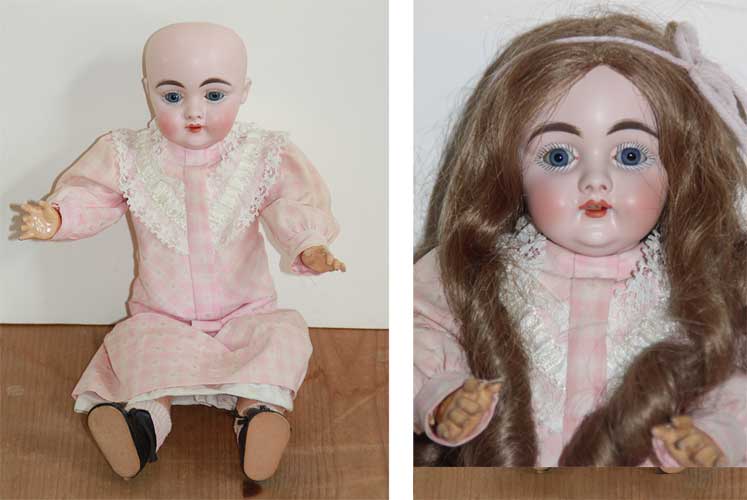Should you bother with Antique Doll Repair? Yes, you should.
You’ve had it for years, and your mother or your sister had it before you. Maybe your grandfather gave it to your grandmother on their honeymoon. Your mother inherited it and passed it on to you. Now you want to leave it for your daughter or niece. It’s not just a bisque doll – it’s a member of your family. It even has a name – Lulu.
Last week your cat jumped up to catch a flashlight shadow and knocked Lulu off the mantel. It was in perfect condition just a minute ago. But now its head is broken into several pieces, one of the eyes fell into the skull, and there’s a large chip on her foot. Sure, there are dolls out there that look similar to yours. You can buy one on eBay or other consumer sites. You can even barter one out from a doll hospital. But would it be your doll? The one grandpa gave grandma a hundred years ago? Would It have the history, the personality, the sentimental value? If the answer is “no”, then Lulu deserves to be repaired by a qualified porcelain restorer.
Bisque or Porcelain
Porcelain is ceramic fired in a kiln and then glazed. Bisque is unglazed porcelain. It has a matte finish and gives the doll’s skill a human-like texture. When the production of bisque dolls began in the late 1800s in France, only the heads were made of bisque (cloth or leather was used for the rest of the body). Today, most bisque dolls are made entirely of unglazed porcelain and are geared toward the high-end or collector market.
If a doll’s head is made of bisque, the doll is referred to as “bisque”. Since bisque is a fragile material, nearly all bisque dolls have their limbs and body made of other materials. A number of companies in Europe and Asia have produced bisque dolls through the years. The production began in France, then moved to Germany in the 19th century. The U.S. began manufacturing bisque dolls at the beginning of the 20th century, while there was a demand for it. Toward the end of 1900s, the production of bisque dolls has moved to China and Taiwan. While some rare bisque dolls can cost up to 50,000, most good quality dolls go for less than $2,000.
Bisque Quality
A bisque doll collector should be able to tell the quality of the doll. Dolls from the same manufacturer often vary in price and style. A good quality bisque material should not have many specks, tiny holes, or freckle-like discolorations on the surface. And should not be heavy or easily scratchable.
Any well-made bisque or porcelain doll has detailed the eyelashes and lips, and its cheek blush is not too heavy.
What is Antique Doll Repair?
Some believe that if a doll is missing a finger, it’s just a matter of reattaching it using a powerful adhesive. Yes, you may do that. The finger may even fit, sort of. But what about the glue lines, the bumps, the missing fragments? How do you make the finger look exactly the way it did before it broke? That’s when a professional porcelain / antique restorer enters the picture. Antique doll repair is an art and craft that requires a long time to perfect. Unless you think you are qualified to restore your doll yourself, you should seek out a reputable doll repair studio and let the experts bring your doll back to life.
This is Clarie, from Renton, Washington. The client sent us the head only, which belonged to her mother. The body had been been lost. The doll is at least 70 years old. We designed and constructed the body and then designed and cut the clothes. See the client’s testimonial.
Restoration Estimate
The best way to get an initial estimate for restoration of your item is to email a few photos and the overall measurements of your doll to the restorer. The photos have to include images of the entire doll, the damaged parts, and all the broken pieces you have. If some of the pieces are missing, you need to indicate that. Most professional restorers can sculpt the missing pieces and fragments.
Once the restorer examines the damage in the photos, she will respond with an approximate price range. If the price range is acceptable to you, the restorer will provide her physical address and detailed packing and shipping instructions. Once she thoroughly examines the damage on the doll, she will respond with a firm quote.
Restringing
The limbs and head on many dolls are held together with bands, often elastic, known as “stringers” or “stringing”. If an arm, leg or head gets “unstrung” and falls off, they have to be put back into place. Restringing may sound easy, but in order to avoid further damage to your doll, it is best to let a professional doll doctor do the job. Especially if the joints have knobs or complicated joint fixtures.
Eye Setting
All dolls have a set of eyes that may get damaged. And while it’s quite easy to reset the eyes if they have moved out of place, the job becomes more difficult if the eyes fall into the back of the doll’s head or fall out and get damaged. As with restringing, unless you’re an experience craftsperson, it is better to let a professional handle such repairs.
Clothes and Outfits
It is always preferable to keep the original outfit. However, it’s not always possible. If a doll has been involved in a fire or flood, the original clothes would most likely be ruined. Most cloth outfits also succumb to the ravages of time and require patching and cleaning.
If you decide to engage a doll doctor in creating new clothes for your doll, it is important that she is aware of the period in which the doll was designed and chooses the material accordingly.
Ceramic Doll Restoration Can Preserve Your Memories For Generations To Come
While not traditionally considered art, antique ceramic, porcelain and bisque dolls offer a unique and special look back into the past. Dolls show us an ideal for that particular time and place. Through dolls, we see what was the ideal of style and appearance.
As time moves on, though, dolls, like people, will slowly begin to show their age. Dolls are, after all, toys that are meant to be played with by their original owners. Through moves and mishaps, it is to be expected that dolls would be packed away, forgotten after years of joy. Subtleties to their features will be lost with time. With the fading of paint and the dulling surface material, we move further away from the history represented in the toy. That’s when an experienced ceramic doll restoration and repair artist needs to come in.
Antique doll repair can be a complex process. A trained doll restoration expert will examine the doll carefully, looking for problem areas. If the doll is made of porcelain or other sensitive ceramics, the expert may look for cracks and missing pieces. If the pieces are still available, the artist may be able to glue missing portions of the doll back in place while invisibly filling holes.
Next, the restoration expert will look at the doll’s color and texture. Using expertly trained artists, the color and paint that may have faded from the doll can be matched, bringing back an invigorated appearance. Along with the repainting and filling of the cracks, doll restoration includes matching the texture of the original doll’s surface. Soon, your doll will look and feel the same way it did when you grandmother (or great-grandmother) first held it in her hands as a small child.
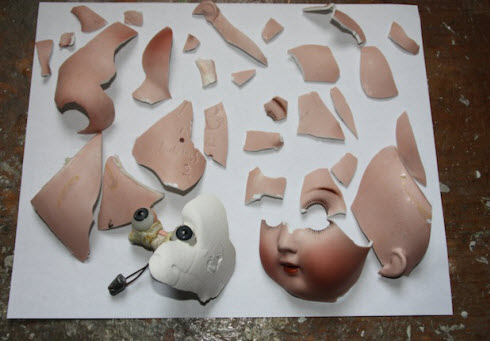
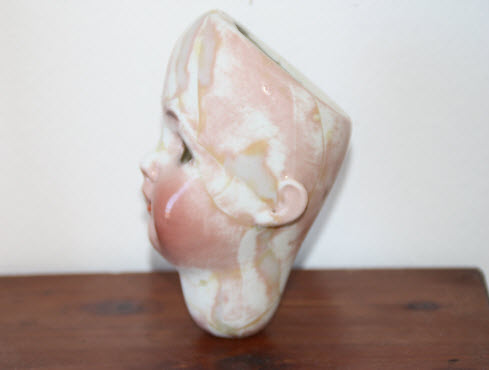
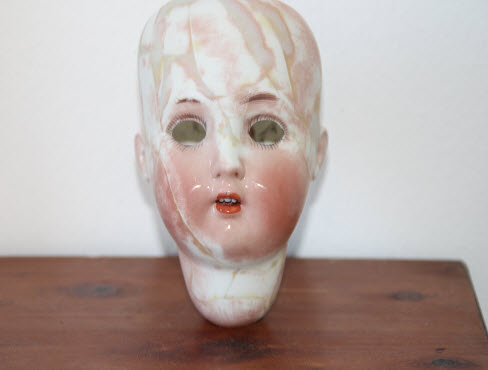
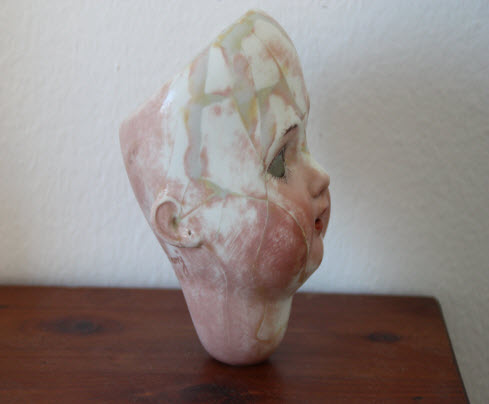
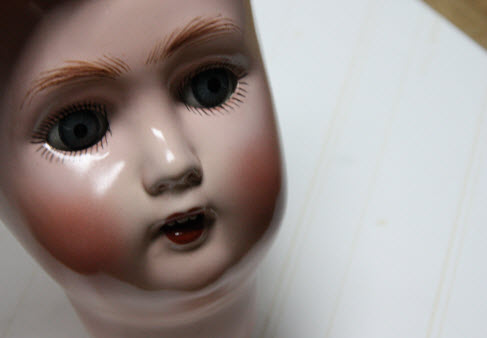
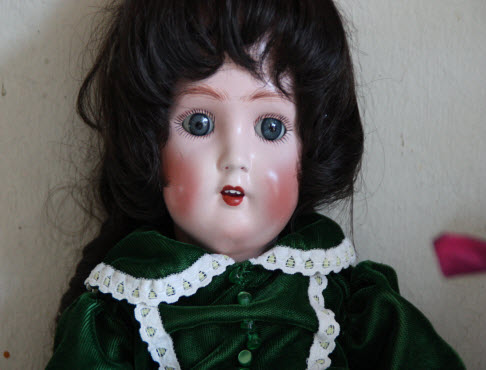
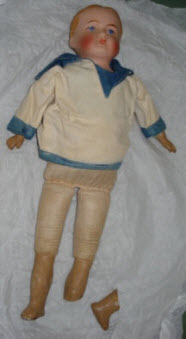
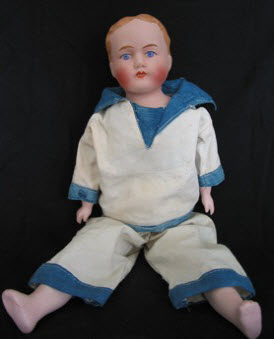
Doll repair and restoration goes beyond simply restoring certain errors or damage. Doll restoration can include making sure that your antique doll is ready to weather whatever may come in the future. Conservation can make sure that your priceless antique doll will not further degrade over time. Antique doll repair experts can clean and repair your doll, finding subtle defects that can be healed before they become major problems.
Repair time for your antique doll will be dependent on a number of factors. The material your doll is made out of is one such factor, since different types of material tend to dry and solidly at different rates. Likewise, larger dolls may require more time in the repair shop. Finally, and most importantly, the type and severity of the damage will determine how long your repair may take.
When you finally make the decision to have your antique doll repaired or restored, please make sure you consult a professional doll restoration expert, such as the resident artists at Luel Restoration Studio.
Based upon your doll’s type, style, and state of disrepair, our respected expert will be able to offer you a fair and honest estimate of the cost and time required for your antique doll repair. When your doll is ready, we will also offer recommended tips for presenting and displaying your antique dolls that will not only preserve them for the future but accentuate the aspects that make the doll so valuable to you and your loved ones.
Below is doll whose eyes fell into her head. We reconstructed and restored the original eyes.
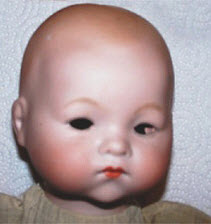
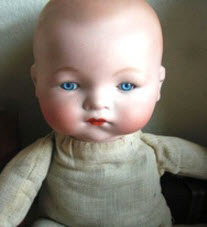
Contact Luel Restoration Studio for your antique doll repair and restoration needs. Because she is so special, we will care for your doll with great love while she is visiting with us.
Feel free to E-mail us at luba@luelstudio.com, or call us at 347-673-8831 / 646-251-5593.
References are available upon request.

